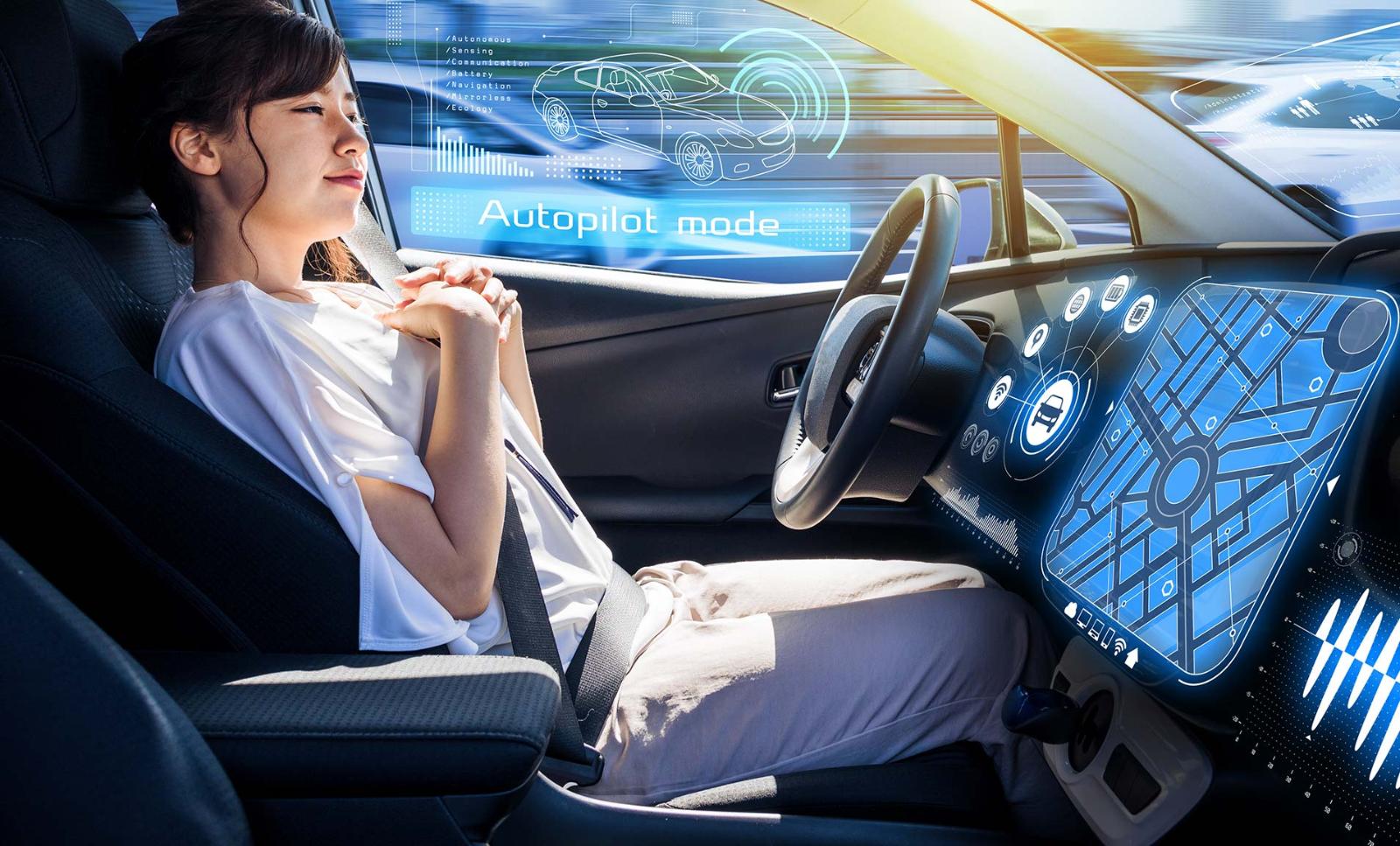
Navigating the Era of Autonomous Vehicles: Insurance Implications
The roads of the future will look drastically different from today. Autonomous vehicles (AVs)—once a sci-fi fantasy—are becoming a reality, promising fewer accidents, greater convenience, and a fundamental shift in how we think about transportation. But as self-driving technology advances, so do the questions surrounding liability and insurance.
Who is responsible when an autonomous vehicle crashes? Will insurance premiums rise or fall? And how will traditional auto insurance models adapt to a world where human drivers play little to no role in vehicle operation?
Let’s explore the evolving landscape of AV insurance in 2025 and beyond.
1. How Autonomous Vehicles Are Changing Liability
Traditionally, auto insurance is built around one core principle: human error. Drivers cause accidents, and insurance companies assess risk based on factors like driving history, age, and location. But in a world where software takes the wheel, who should be held accountable for an accident?
The Shift from Driver Liability to Manufacturer Responsibility
In a fully autonomous vehicle (SAE Level 4 or 5), where human intervention is unnecessary, liability starts shifting away from the driver and toward the manufacturer, software developers, and sensor providers.
- If an AV malfunctions and causes an accident, should the car owner be responsible—or should the blame fall on the company that designed the self-driving system?
- If a crash results from a faulty software update, is it a product liability issue rather than a traditional at-fault insurance claim?
We are already seeing real-world examples of this shift. After Tesla crashes involving Autopilot, lawsuits have focused on whether the company misrepresented its self-driving capabilities or failed to ensure safe operation. This trend will likely intensify as AVs become more common.
Blurring the Lines Between Human and AI Responsibility
Most AVs on the road today are still partially autonomous (SAE Level 2 or 3), meaning humans must remain engaged in case of an emergency. This creates a gray area:
- If a human driver fails to intervene in time to prevent a crash, are they at fault—or was the AV supposed to handle the situation?
- If an AV’s machine learning algorithms make a mistake, how do insurers assess blame?
These questions are forcing insurers, regulators, and legal experts to redefine liability frameworks for the autonomous age.
2. How Will Auto Insurance Evolve in the Age of AVs?
As the risk shifts from human drivers to technology providers, the insurance industry is adapting in several ways:
New Insurance Models for AVs
- Product Liability Insurance for Manufacturers: Automakers and tech companies may need broad liability policies to cover accidents caused by their self-driving software.
- Pay-Per-Mile or Usage-Based Insurance: If AVs lead to fewer accidents, insurers may introduce mileage-based policies instead of traditional risk-based premiums.
- Cybersecurity and Software Coverage: Future insurance policies may need cyber risk protection, covering software malfunctions, data breaches, and hacking-related accidents.
3. Will AVs Make Insurance More Expensive or Cheaper?
The answer is both—at different stages of adoption.
Short-Term: Higher Costs Due to Expensive Repairs
- Expensive AV technology (LiDAR sensors, AI-driven braking, autonomous navigation systems).
- Costly repairs due to specialized parts and technicians.
- Limited claims data, making it difficult for insurers to accurately price policies.
Long-Term: Lower Costs Due to Fewer Accidents
- Reduced accident rates (human error accounts for 94% of crashes today).
- Fewer personal injury claims, as AVs are designed to minimize impact severity.
- More precise risk assessment, leading to fairer pricing models.
4. How Can AV Owners Prepare for the Changing Insurance Landscape?
If you’re considering an AV—or already own one—it’s essential to stay ahead of these changes. Here’s what you can do:
- Review Your Insurance Policy Carefully: Check whether your policy covers software failures, sensor malfunctions, hacking, and liability disputes between driver, automaker, and software provider.
- Consider Manufacturer-Backed Insurance: Tesla, for example, offers its own insurance program, factoring in real-time driving data and Autopilot usage.
- Stay Informed on Regulatory Changes: Keep an eye on new liability laws, state-specific AV insurance requirements, and court rulings on autonomous vehicle accidents.
5. The Road Ahead: What’s Next for AV Insurance?
We’re at the tipping point of a new era in mobility. As AVs gain wider adoption, we can expect:
- 🚗 A shift toward manufacturer-backed insurance models—reducing the role of traditional insurers.
- 🤖 New legal frameworks assigning blame between software, hardware, and human operators.
- 📉 A potential long-term decline in insurance costs—but only once AVs have proven themselves safer than human drivers.
For now, AV owners—and those considering a self-driving car—must navigate an uncertain insurance landscape. But one thing is clear: the future of auto insurance won’t look like the past.
Are we ready for a world where cars insure themselves? The answer is still unfolding.